|
Advertisement
|
Trisq

DescriptionIntroductionTrisq is a drawless connection game for two players: Red and Blue. It's played with trapezium-shaped pieces on an initially empty square board. The top and bottom edges of the board are colored red; the left and right edges are colored blue. The recommended board sizes are between 6x6 and 9x9. All pieces are the same and only differ in color. They can be placed in any orientation, but always with the front side up. Thus, when playing on a physical board, the back side of the pieces should be marked so as to distinguish it from the front side. A square can accommodate four pieces, and no piece can be placed in a way that makes this physically impossible. DefinitionsTwo pieces are point adjacent if they share nothing more than a vertex, and edge adjacent if they share at least part of a side longer than a vertex. PlayRed plays first, then turns alternate. On his turn, a player must place one or two pieces of his color on empty spaces of the board. On his first turn, Red can only place one stone. At the end of a turn, for any two point adjacent, like-colored pieces there must be at least one like-colored piece edge adjacent to both. Passing is not allowed. Players will always have a move available and must make one. The game is won by the player who completes a chain of edge adjacent pieces of his color touching the two opposite board edges of his color. Draws are not possible. Game DiscussionsAdd CommentYou need to be logged in to comment. Insert Bullet List Please enter at least one item. Item: Item: Item: Item: Item: Insert Numeric List Please enter at least one item. Item: Item: Item: Item: Item: Insert Link Please enter the link of the website Optionally you can add display text Insert Email Please enter the email address Optionally add any display text Insert Image Please enter the link of the image Insert YouTube Video Please enter the link of the video MarketplaceNo listings at the moment. Do you own this game? Click here to list it for sale.
|
Best Sellers
Board Games
|
||||
Latest Searches: branson monopoly | pig in the garden | Travel size scrabble | omaha opoly | Laurel opoly | Apples | Green+acres | Venice Oo Oly | angel | Wildwood monopoly | conquistador | dungeon roll | olympics | Santori | wolverine | pimps and holes | broom | marvel legends poison | Anna marie | tvd monopoly | Teenage Mutant Ninja Turtles Retro Monopoly | googlie+eyes | Shasan | classic pit card game | tasso | Classic OPERATION Game Funatomy Parts And Cards Refill | call orf duty | Advanced | beyblade | Dominic davidon
All Rights Reserved

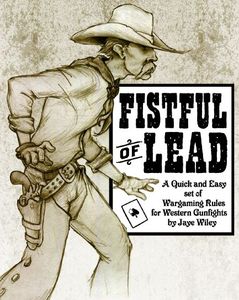

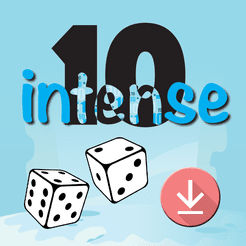
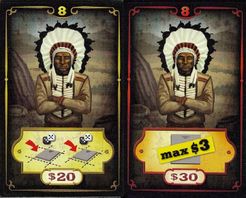
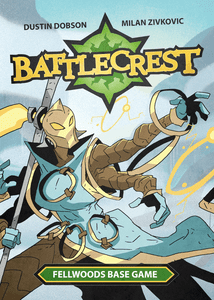

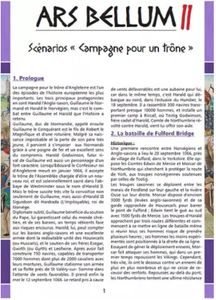

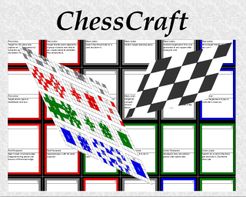

Comments (0)